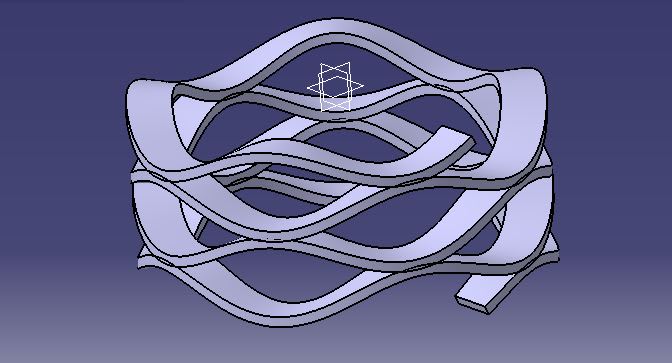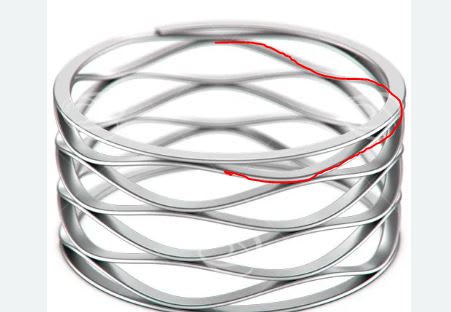Alphus
Automotive
- Mar 9, 2023
- 2
thread560-496720
Hello Everyone,
referring to this equation I have created a design shown below:-

But how will we create the shim end. as we can see in the below image the amplitude of the wave is reducing proportionally to a flat design. can anyone help me out?

Hello Everyone,
referring to this equation I have created a design shown below:-

But how will we create the shim end. as we can see in the below image the amplitude of the wave is reducing proportionally to a flat design. can anyone help me out?

